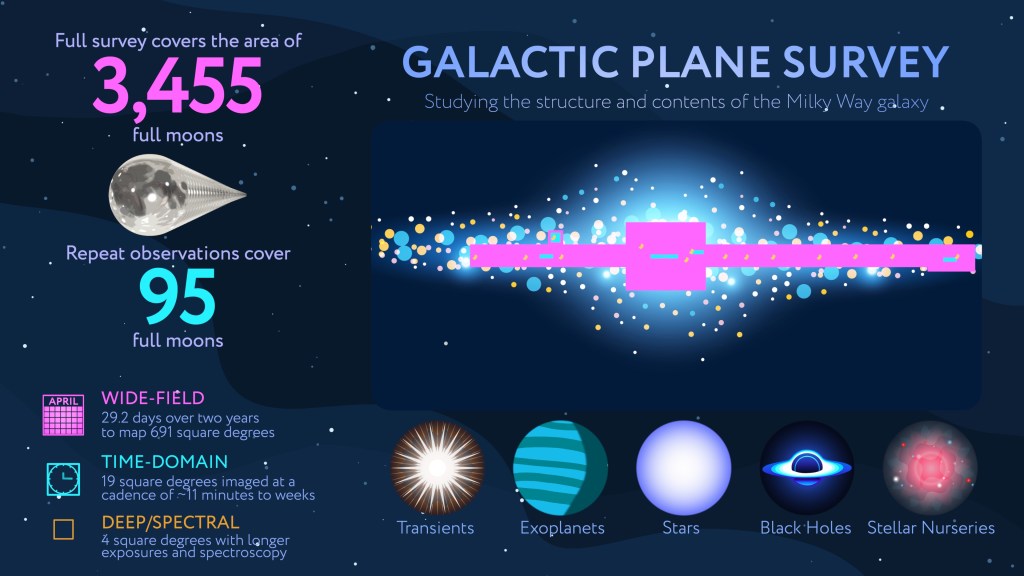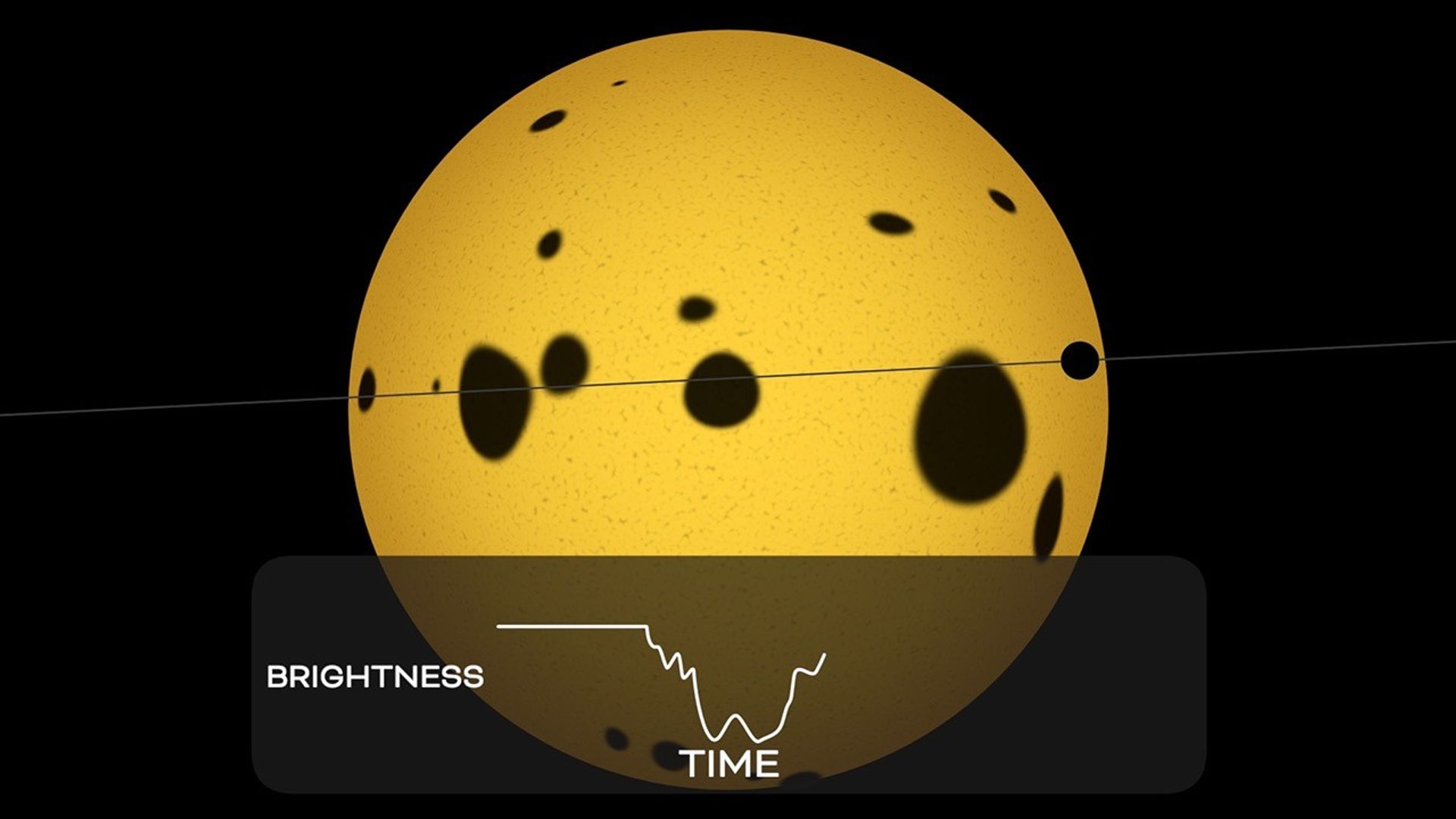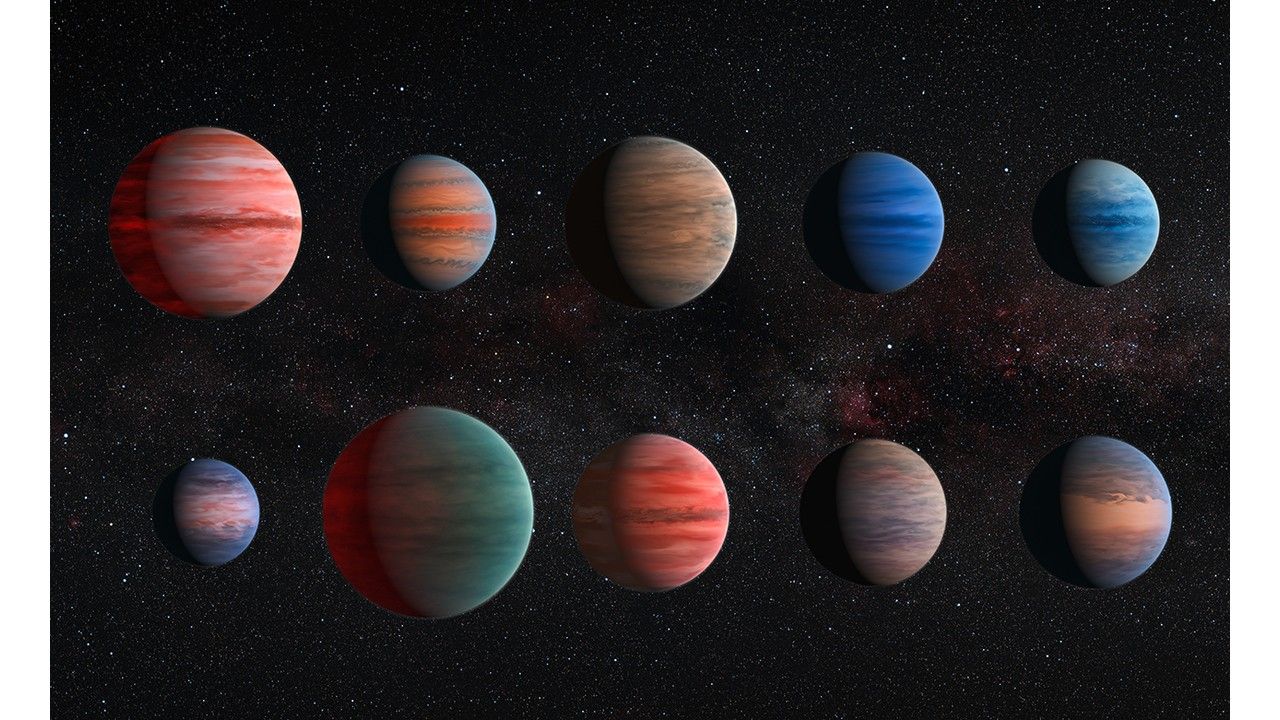Exoplanet Watch
Resources
Want to learn more about exoplanets? Check out these activities, videos, tools, and other resources to get you started in Exoplanet Watch.
Resources | FAQ | Glossary
The Transit Method
As exoplanets pass in front of their star, they block some of the starlight. While it's not enough of a difference in brightness to see with our eyes, computers are great at noticing these small differences.
Learn MoreActivities
- Build Your Own Transit Lightcurve
- Get a quick introduction to explanets, how we observe transits, and what a transit lightcurve tells you in this hands-on activity from Sonoma State's Astronomy from Home (AfH) Project
- AfH also provides a more detailed background on exoplanets
- MicroObservatory DIY Planet Search
- Observe a transiting exoplanet using a robotic telescope
- DIY Planet Search teaches you how astronomers perform multi-object photometry to extract the time-varying brightness of a transit from raw astronomical images
- DIY Planet Search demonstrates the data reduction steps conducted with EXOTIC
- Try the Beginner Tutorial to learn how to use EXOTIC to make a light curve
- Use Exoplanet Watch's official data reduction tool EXOTIC to analyze a sample dataset of the transiting exoplanet, HAT-P-32b, to produce your own transit lightcurve and measure this planet's transit depth and mid-transit time. Use the Beginner Tutorial to learn how EXOTIC works, then use the Standard version of EXOTIC to produce light curves with your own data sets.
Videos
Introduction to Exoplanets
Exploring Exoplanets with NASA's Universe of Learning: SESSION 1: Introduction to Exoplanets
How to Make a Light Curve using DIY Planet Search
Exploring Exoplanets with NASA's Universe of Learning: SESSION 2: How to Make a Light Curve using DIY Planet Search
Introduction to Exoplanet Watch and EXOTIC
Exploring Exoplanets with NASA's Universe of Learning: SESSION 3: Exoplanet Watch
Other Recommended Exoplanet Links
- Exoplanet Watch Outreach Slides
- Overview of Exoplanet Watch for outreach presentations.
- Exoplanet Research Workshop
- The Exoplanet Research Workshop is a group-led project intended to bring the astronomy research seminar experience to a larger population of high school students. Workshop participants contribute research findings to NASA’s Exoplanet Watch, a citizen science initiative.
- What is an Exoplanet?
- Other solar systems; Other Earths: an introduction to exoplanets
- Five Ways to Find an Exoplanet
- Video Lecture on Exoplanets: Finding Life in the Galaxy by Exoplanet Watch Project Lead Rob Zellem
- Build Your Own Transit Lightcurve Activity
- Get a quick introduction to exoplanets, how we observe transits, and what a transit light curve tells you in this hands-on activity from Sonoma State's Astronomy from Home (AfH) Project
- AfH also provides a more detailed background on exoplanets
- Exoplanet Finder Game
- Test your skills on detecting exoplanets using the transit method!
- MicroObservatory DIY Planet Search
- Observe a transiting exoplanet using a robotic telescope
- The NASA Exoplanet Archive features all confirmed exoplanets that can be seen with the use of a telescope — here you can directly access to these targets and their system parameters!
- Swarthmore Transit Finder — choose your location and date or range of dates, and see which exoplanets will be visible, as well as characteristics of the star, exoplanet, and light curve. Select Exoplanet Watch Targets to see which exoplanets we recommend observing.
Additional Resources
- NASA's Universe of Learning
- Exoplanet Watch is funded by NASA's Universe of Learning, which is supported by NASA under award number NNX16AC65A to the Space Telescope Science Institute, working in partnership with Caltech/IPAC, Center for Astrophysics | Harvard & Smithsonian, Jet Propulsion Laboratory, and Sonoma State University.
- MicroObservatory DIY Planet Search
- Welcome to DIY Planet Search. YOU are about to take part in one of the most exciting fields of science–the search for other worlds! Using the MicroObservatory Telescope Network that you control online, you´ll take your own images of distant solar systems, interpret and share the data you gather, and become part of a community of planet hunters!
- Exploring Exoplanets Today and Tomorrow
- In this this edition of NASA’s Universe of Learning Science Briefings, speakers share content about exoplanets, which are planets around other stars. Dr. Dressing discusses searching for planets orbiting red dwarf stars and TESS's role in this endeavor. Dr. Ciardi talks about the difficulties in finding Earth-mass and Earth-sized planets around Sun-like stars. Dr. Lewis discusses exoplanet atmospheric characterization using the Spitzer and Hubble Space Telescopes, and future prospects with the James Webb Space Telescope. In addition to these perspectives, we highlight several resources relating to this content.
- Girls Steam Ahead with NASA (GSAWN)
- Help your community explore the wonders of NASA science, and celebrate the contributions of women to science, technology, engineering, and mathematics (STEM)!
- Libraries and community-based organizations are invited to collaborate with the NASA's Universe of Learning informal education program and partners to empower women’s success — especially in science — starting when they are young. Through Girls STEAM Ahead with NASA, venues may host events, work with subject matter experts, and display exhibits. Events and resources are available and open to all family members, but focus on engaging girls by using field-tested activities and strategies.
- Exoplanet Trading Cards
- The American Association of Variable Star Observers (AAVSO)
- Sonoma State University's GORT Robotic Telescope
- Las Cumbres Observatory Robotic Telescope Worldwide Network
- Build Your Own Robotic Telescope with Project PANOPTES
- ExoClock citizen science project for ephemerides maintenance of targets for ESA's ARIEL mission
- Exoplanet Watch Observer's Manual



































